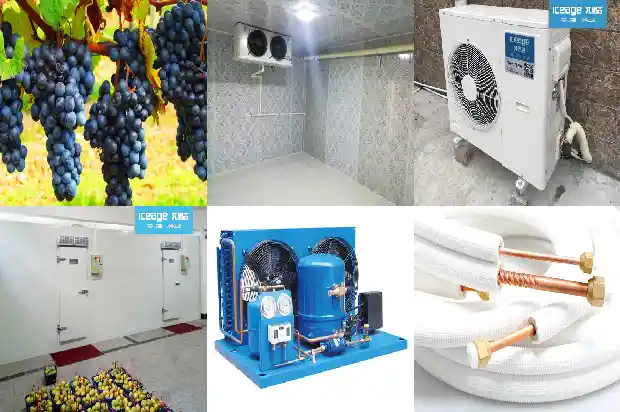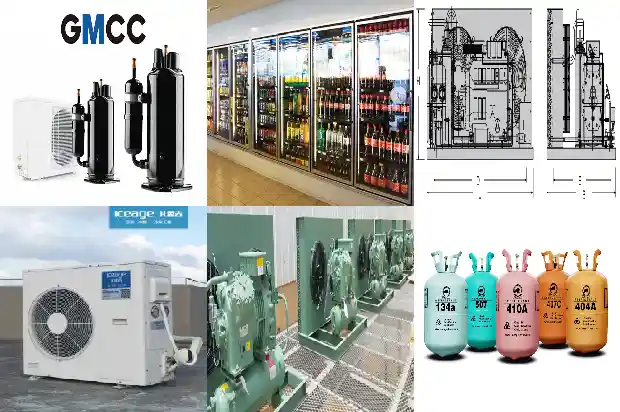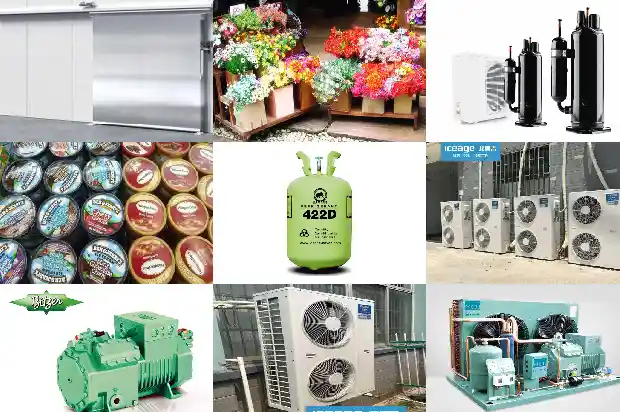How to Choose the Bearings of Cooling Fans?
2024-12-03
The most troublesome thing about air-cooled heat dissipation is the noise generated when the fan is working. Of course, there are many factors that determine the noise level of the fan, including the fan speed, fan size, dynamic balance of the fan, usage environment... and so on. Among them, one of the most crucial factors is the type of fan bearing. So, how should we choose the bearings for heat dissipation fans?
I'm sure everyone knows what bearings are. In mechanical engineering, there are actually many types of bearings, but for radiator fans and chassis fans, there are actually only a few types available: sleeve bearings (oil-impregnated bearings) that use sliding friction, ball bearings that use rolling friction, and hybrid bearings that combine the two forms of bearings.
So, what impacts do these bearings have on the quietness and lifespan of the fans? And what are the differences among them?
Oil-Impregnated Bearings
Introduction: Oil-impregnated bearings are currently the most commonly used bearings for heat dissipation fans. They use lubricating oil as a lubricant and drag-reducing agent, and are suitable for low-speed fans and small-sized fans. Generally, the lifespan of oil-impregnated bearing fan products is 5,000 - 8,000 hours.
Advantages:
Advantages:
- They are very inexpensive.
Disadvantages: - The bearings are prone to wear and have a relatively short lifespan.
- The lubricating oil in the bearing sleeve is likely to leak out, which will increase the noise and may also contaminate the motherboard and other accessories.
Hydraulic Bearings
Introduction: Hydraulic bearings are improved based on oil-impregnated bearings. Hydraulic bearings adopt a unique ring-shaped oil supply circuit, which greatly reduces the problem of oil leakage. Their lifespan is much longer than that of ordinary oil-impregnated bearings, reaching 40,000 hours, and they inherit the advantages of oil-impregnated bearings. It is currently the mainstream bearing technology, and fans with this type of bearing account for a relatively high proportion in the current radiator market.
Advantages:
Advantages:
- They have a longer lifespan than oil-impregnated bearings, are low in noise, and are inexpensive.
Disadvantages: - The problem of oil leakage still exists.
Hydraulic bearings are the mainstream heat dissipation solution and are widely used in chassis cooling fans, CPU coolers, and part of the graphics card heat dissipation.
Double Ball Bearings
Introduction: Double ball bearings adopt two ball bearings. There are several tiny steel balls in the bearings that revolve around the axis. When the fan blades or the axis rotates, the steel balls rotate accordingly. Since they are all spherical, the friction is relatively small, and there is no problem of oil leakage. The service life reaches 50,000 to 100,000 hours.
Advantages:
Advantages:
- They have good sealing performance.


- They have an extremely long service life.
Disadvantages: - They have a high cost.
- They are noisy (because the friction points of ball bearings are doubled).
Double ball bearings are relatively high-end bearings. Almost all large-diameter fans with a speed of 5,000 revolutions per minute use double ball bearings. Therefore, we can see that high-end graphics cards usually highlight the use of double ball bearings in their promotions.
Single Ball Bearings
Introduction: Single ball bearings are an improvement on traditional oil-impregnated bearings. They adopt a form that combines sliding friction and rolling friction, using one ball bearing + one oil-impregnated bearing to reduce the cost of double ball bearings. Lubrication between the rotor and the stator is achieved with ball bearings and supplemented with lubricating oil, and the service life reaches 40,000 hours.
Advantages:
Advantages:
- They overcome the shortcomings of oil-impregnated bearings, such as short lifespan and unstable operation.
- They have a low cost.
Disadvantages: - The noise is higher than that of oil-impregnated bearings but lower than that of double ball bearings.
Single ball bearings can be regarded as a compromise. The so-called "golden mean" is reflected in their moderate advantages and disadvantages, so they are suitable for ordinary users to choose, saving both worry and money.
How to Choose the Bearings for Heat Dissipation Fans?
After the above comparison, we can see that due to the relatively short service cycle of oil-impregnated bearings and the fact that the oil control inside the bearings directly affects the noise level during operation, they are increasingly being abandoned by well-known manufacturers. Double ball bearings are now widely favored by the industry and have become the first choice for high-quality radiator fans. Their operational stability is second to none, but their prices are also relatively high. As a cost-effective option, the compromise solution adopted by major manufacturers is to use single ball bearings.


In general, for a good fan, in addition to having a large air volume and high air pressure, its own reliability is quite important. Among them, the bearings used by the fan play a very important role. Therefore, when purchasing, don't just focus on superficial issues such as the rotation speed and size. Instead, the core of the radiator - the bearings - is where we need to do our homework well.
Related Articles
- What are the characteristics and application fields of cross-flow fans?
- What Are the Common Reasons for Difficulties in Cooling a Cold Storage?
- Remember! 3 Steps to Calculate Central Air - conditioner Cooling Capacity
- Could a Tiny Copper Tube Cause a Multi - split Air Conditioner to Stop Cooling? Refrigeration Workers Must Pay Attention!
- HVAC Design | Basics of Cooling Towers
- 9 Heating and Cooling Solutions: Pros and Cons You Must Know!
- Cleaning Procedures and Methods for Cooling Towers and Heat Exchangers
- Basic Knowledge of Cooling Towers
- 【HVAC Design Summary】 - Free Cooling with Cooling Towers
- For Computer Room Air Conditioners, Besides Air - cooled and Water - cooled, What Other Cooling Methods Are There?
- What are the Cooling and Heating Pressures of an Air Conditioner? How to Calculate the Optimal Refrigerant Quantity?
- Why Is the Cooling Speed of the Cold Storage So Slow?
- How to Choose between Open - type and Closed - type Cooling Towers?
- Introduction to the Cleaning Processes and Methods of Heat Exchangers and Cooling Towers
- What are the precooling methods after the installation of cold storage?
- The Significance of Subcooling Degree in Refrigeration Systems and Methods for Achieving Subcooling
- 4 Points on Causes of Water Leakage in Closed Cooling Towers
- How to Choose an Air Purifier Cooling Fan
